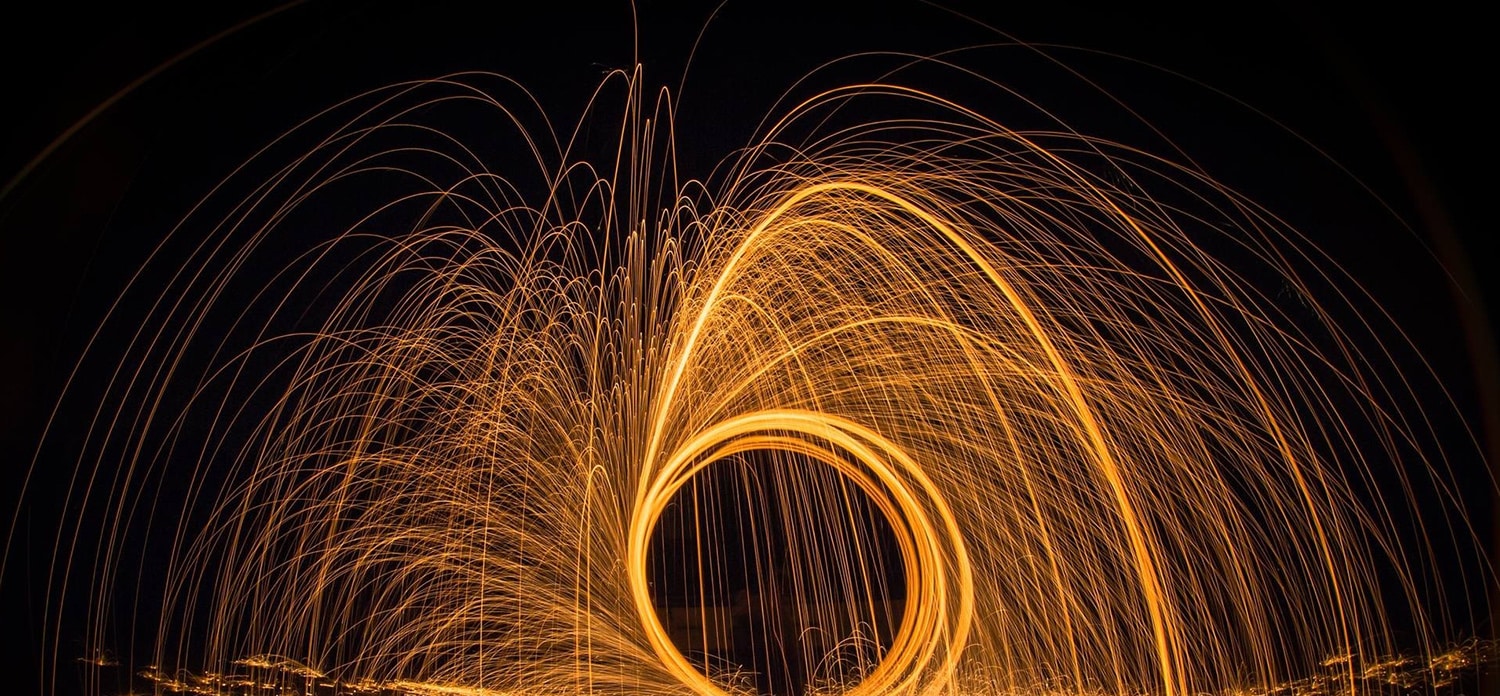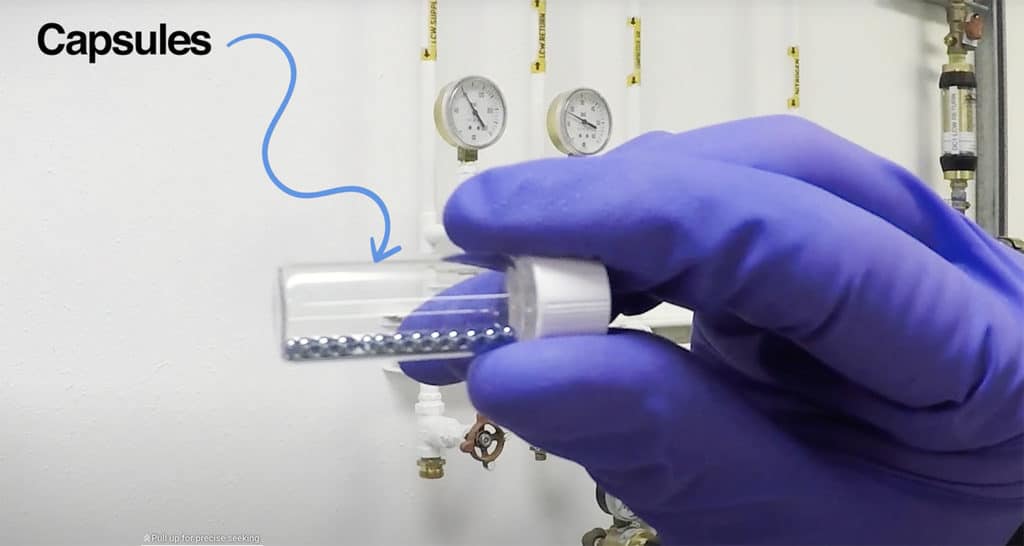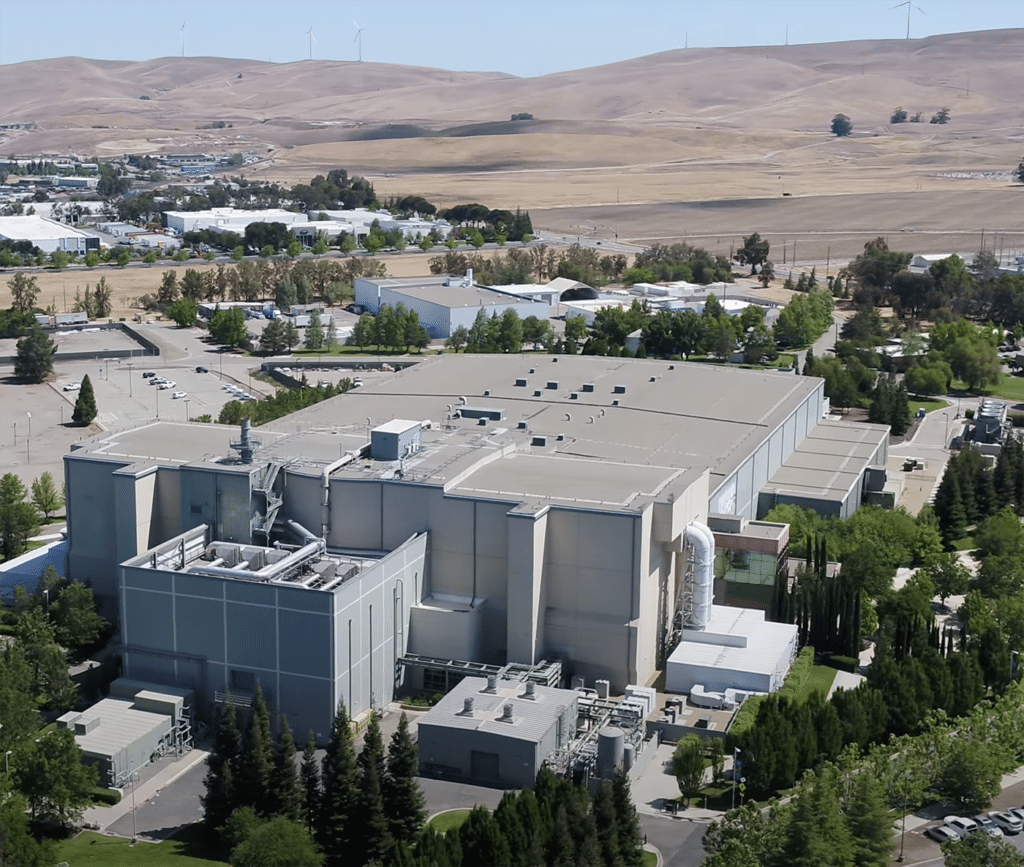Blog
Home » Diamonds blog » DIAMOND PLAY KEY ROLE IN FUSION EXPERIMENT THAT COULD CHANGE THE COURSE OF HUMAN HISTORY
Focus on

On December 5, 2023, researchers in California conducted an experiment that some believe could change the course of human history A formal announcement was made several days later, and it reported a breakthrough in the quest to unlock a “near-limitless, safe, clean” source of energy. What few know is that diamonds played a key role.
The experiment took place at the National Ignition Facility (NIF) at Lawrence Livermore National Laboratory, and it involved nuclear fusion, which involves smashing together light elements such as hydrogen to form heavier elements, and in the process releasing energy.
Research into nuclear fusion began in the 1950s. Unlike nuclear fission, which was first achieved in the 1940s, where atoms are split apart to create energy, fusion is considered safe. Fission is what powered the atomic bomb dropped over Hiroshima, and also the meltdown of the nuclear reactor at Chernobyl. But fusion is essentially the same system that creates the heat and light of the sun and other stars.
Scientists have understood the fusion process in theory for many years, but before December 5, they had never yet been able to demonstrate a positive energy gain, which is known as ignition.
But this time the NIF managed to generate the release 2.5 MJ of energy after using just 2.1 MJ to power the process, meaning they have got more energy out of the reaction than they put in.
It’s early days yet. The 0.4MJ energy gain is about to enough to boil a kettle. But scaled up, it could be energy’s holy grail, eliminating our dependance on fossil fuels and providing a long-term solution to climate change and global warming.

The peppercorn-sized spherical CVD synthetic diamond capsules that hold the fuel poweringthe fusion reaction (Photo: Lawrence Livermore National Laboratory)
FUEL HELD IN CVD-CREATED CAPSULES
The fusion experiment may hold the promise of a carbon-free energy future, but that does not mean that no carbon product was involved. This because crystalized carbon, or diamonds to be more precise, played an important part in the breakthrough.
The fusion reaction was achieved by focusing high-impact lasers on a fuel comprised of deuterium and tritium, held in a spherical peppercorn-sized capsule made of synthetic diamonds. They were created using chemical vapor deposition by a company called Diamond Materials, which is based in Freiburg, Germany. Essentially it is the same processed being used to grow lab-grown diamonds for the jewelry industry.
The capsule had to be absolutely smooth and contaminant-free. Any variation or anomaly could have prevented the reaction taking place.
“The demands on the [spherical] capsules are very high,” said Christoph Wild a physicist and co-managing director Diamond Materials, speaking to the BBC. “We collaborate closely with Lawrence Livermore and try to minimise defects like impurities, cavities or uneven walls.”
SCALING UP FOR THE FUTURE
According to Diamond Materials takes around two months to grow a batch of between 20 and 40 capsules, which are layered around a silicon carbide core and polished repeatedly.
What the German team discovered was that regular polishing techniques were insufficient, for at the the microscopic level the surface was pitted and uneven. But working with the Lawrence Livermore scientists managed to glaze each polished capsule with a fresh layer of diamond crystals, thus achieving the necessary clean mirror-like finish.
Around each fuel pellet is a gold and depleted uranium cylinder, and it is placed in aluminium cylinder that is used to cool down the contents of the capsule before the reaction.
Diamond Materials currently has a staff of about 25, but clearly more people will be required to turn an experimental reaction into a a working fusion power plant . It will likely take years and definitely billions of dollars of investment.

The National Ignition Facility (NIF) at Lawrence Livermore National Laboratory in California, USA.
“Research at the level we produce requires a lot of resources and we can’t neglect production,” said Wild. “So we will probably continue to grow the team. After all, the research of today leads to the products of tomorrow.”
